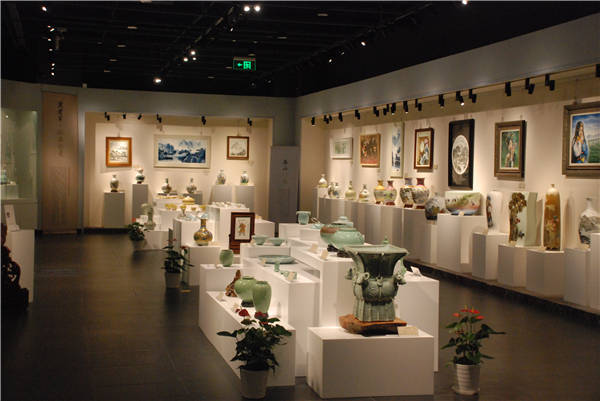

Malan village, Mentougou district
The village is about 60 kilometers from downtown and used to be home to a major Communist Party of China force against the Japanese who occupied Beijing in 1937. The village receives about 100,000 visitors a year. Travelers can relive local history through guided tours and visit historical sites, including the former site of a Chinese army commander's headquarters. Related art performances are staged, and military songs are taught.
Beijing Folklore Museum, Chaoyang district
The museum is located inside the Taoist Dongyue Temple built during the Yuan Dynasty (1271-1368). It hosts a traditional-Chinese wooden-structure exhibition explaining construction methods that have been passed down for more than a millennium. Professional ancient-architecture repair and design experts explain to visitors Dongyue Temple's features, paintings and history. Visitors can interact with ancient-architecture specialists to better understand the traditional culture behind the temple. Patrons can also take painting classes of various levels.
Beijing Ceramic Art Museum, Chaoyang district
The museum area shows the history of ceramics using replicas of ancient porcelain pieces, miniature landscapes and new-media images. Visitors can see how ceramics are used in daily life, medicine, aviation and automobiles. Ceramic artworks are also on display. Visitors can make and paint ceramics with professional instructors. The museum also regularly holds tea ceremonies, and ikebana and calligraphy programs.
Beijing Tongrentang Health Management Facility, Daxing district
The facility integrates traditional Eastern culture and modern philosophy. It offers food-based therapies for the 24 solar terms throughout the four seasons. Visitors can get insights into the medical effects of herbal teas, baked goods made with herbs, and coffee infused with wolfberries, monkfruit and licorice. Visitors can get traditional Chinese medical testing and treatment.